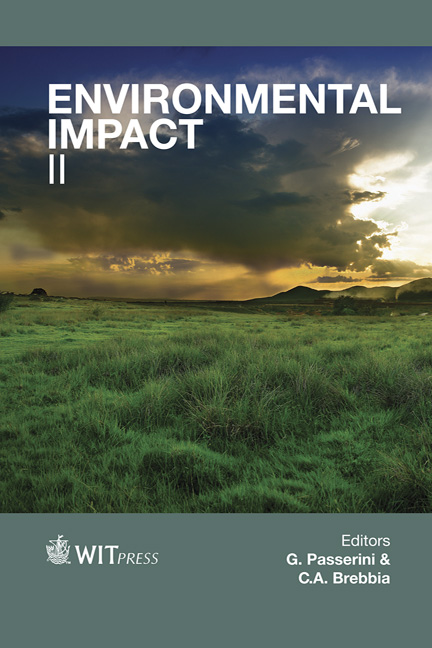The Environmental Impact Of Workplace Lighting Choices In Rural Oklahoma
Price
Free (open access)
Transaction
Volume
181
Pages
13
Page Range
421 - 433
Published
2014
Size
776 kb
Paper DOI
10.2495/EID140361
Copyright
WIT Press
Author(s)
P. Hebert, G. Peek, M. Kang & R. S. Frazier
Abstract
University faculty researchers and Extension Service county educators conducted a two-part workplace lighting field study. The purpose of the field study was to explore the environmental impact of workplace lighting choices in rural Oklahoma, a state located in the south central United States of America. We care about the Environmental impact of workplace lighting choices in rural Oklahoma because in the United States, electric lighting accounts for 21% of commercial (workplace) energy use, on average (US Energy Information Administration). This makes commercial lighting a large energy user and therefore a prime system to investigate for sustainability studies. In Part 1, the researchers visited three rural sites: (A) farm, (B) arena, and (C) repair shop. Here, researchers photo-documented the lighting, buildings, and grounds. The researchers also took empirical measurements. The researchers identified lamp types and the light reflectance values of interior and exterior building surfaces. The in situ lux measurements were compared to industry recommendations to determine need and/or waste. Sky quality meter readings were taken to determine light pollution levels. Efficacies and surface reflectance values were anticipated to influence relative energy consumption. In Part 2, the researchers queried rural workplace stakeholders regarding their environmental stewardship related to lighting. Participants expressed their opinions during a two-hour focus group session. The results of this study revealed that some areas were illuminated higher than recommended and utilized darker than optimum reflectances, indicating wasted light. The latest technologies were not used and therefore consumed more lumens per watt than recommended, with higher than necessary energy costs. Light pollution was found at two sites. The focus group participants revealed that lamps from their workplaces are not recycled. Rather, lamps were disposed of as
Keywords
environmental impact, lighting, sustainability, rural, field study, case study, focus group





